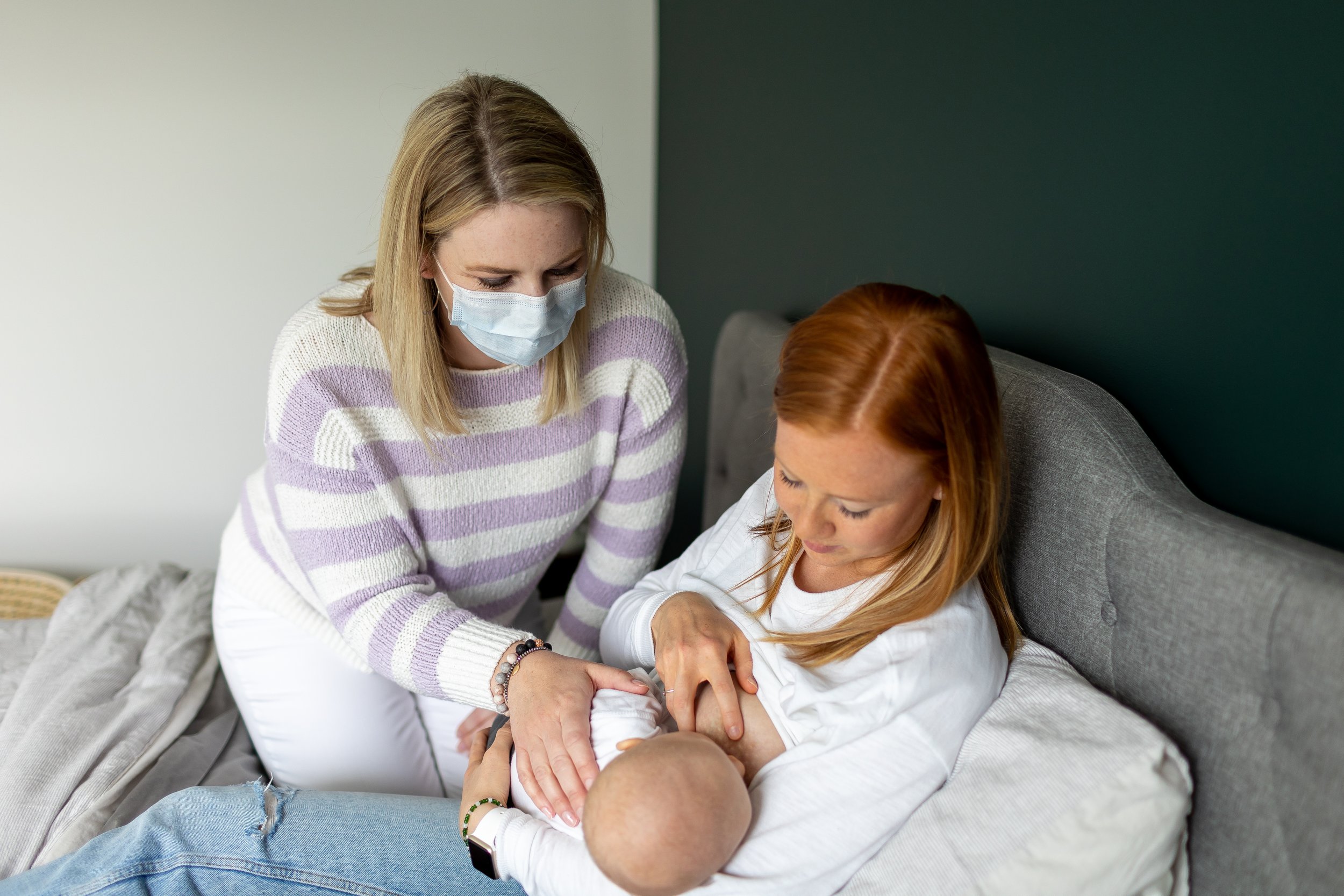What does this really mean for babies?
I like to explain this like an ecosystem. We are all born with certain bugs within our guts, our lungs, our skin, etc. and this is determined how we are birthed into the world (vaginal vs c-section and mother’s flora). An ecosystem that has varying species thrives compared to an ecosystem with very little species. We are made up of way more viruses, bacteria, fungi and protozoa than human cells and just like an ecosystem, diversity is key in flourishing. Our ecosystem can have different “bugs” as we age but they will be transient (meaning they will not colonize and stay in our gut). The exception to this is in the beginning years of development where we can influence “the ecosystem”, or our gut microbiome by introducing as many species as we can to set in a powerful and diversified gut. This is crucial for our babies as we can literally set the stage for their health by influencing their gut and creating a broad spectrum of gut bugs to help them thrive in life. Once that window closes, we cannot change the terrain.
Science has found a link between the gut bacteria in little ones and the prevalence in health conditions such as asthma, eczema, allergies, ear aches, colds, inflammatory bowel disease to name a few. In my opinion, this is fascinating and although the research in nutrition and the gut microbiome is only scratching the surface, it makes sense to include foods high in probiotics, prebiotics (feed the gut bugs) and foods that nourish the gut lining along with adequate iron, protein and healthy fats as first foods for babies.
So what is an alternative to iron fortified cereal as a first food for baby?
Instead of iron fortified cereal which only has a 4% absorption rate for iron, moms can choose animal protein foods such as liver. The iron in liver will be much better absorbed since baby’s readily make the enzyme necessary to digest protein and fat once introduction to solids begin compared to the starch enzyme, amylase which is not readily available for babies to fully digest starch until later on (closer to 8-12 months or when the first molars come in which is much later).
Bone broth is another gold star for baby’s first foods. It provides an abundance of nutritional support; however, one main important role is its ability to nourish the gut lining. Without a doubt, I’d encourage moms to introduce fermented foods such a raw unpasteurized sauerkraut to their babies early on. Moms can slowly introduce by giving a tiny amount of the juice from the sauerkraut and the continue with whole sauerkraut. A little amount goes a long way in helping establish a wide range of gut bugs.
Cod liver oil is also a superfood for babies as it provides healthy DHA for brain health and nervous system support. It also provides anti-inflammatory support for the gut lining and helps colonizes probiotics in the gut. Always ensure it is a high quality supplement when purchasing by looking at the ingredients, the purity and testing of the product. Cod liver oil also naturally provides vitamin A and D.
Some tips when introducing solid foods the wholesome way:
Freeze raw liver in small batches, grate frozen liver and add to other animal protein while cooking. Adding breastmilk or bone broth after cooking for desired consistency can help.
Put homemade bone broth in a cup or sippy cup at meal time instead of water all the time.
When giving vegetables, ensure they are steamed well and add healthy fats such as butter, ghee, coconut oil or other animal fat to help with absorption and fat intake.
For any moms reading this, my intention is not to place any sort of guilt if this is not the way you have introduced solids to your little ones. What we do not know, we cannot possibly understand and we make choices based on the information we have at hand. When we know better, we do better as cliche as it may sound. So, mama the best thing you can do for your little one is NOT TO STRESS about the introduction of solids as stress greatly impacts our gut health and as I mentioned above, my passion is in helping mama’s thrive in motherhood. Trust your gut and if you have any reservations, questions or doubt, do not hesitate to reach out to your healthcare professional.
Wishing you an abundance of love, peace, health and happiness as you journey through motherhood and get into the messy food stage!
Xo
Karla, BScN, C.H.N.C
Website: https://www.nourishingyoukindly.com/
Instagram: @karla_nourishing_you_kindly
***Karla is a certified holistic nutritional consultant and Registered Nurse with additional training in maternal mental health and owner of Nourishing You Kindly (NYK). NYK is not providing information as a medical doctor, naturopath, psychologist, herbalist or dietitian. The information provided is for educational purposes only with the intent to encourage, empower and teach you how to nourish your little one.***
References
Anderson, S. C., Cryan, J. F., Dinan, T., (2017). The Psychobiotic Revolution. Washington, DC: National Geographic Partners.
Erlich, K. Genzlinger, K. (2018). Super Nutrition for babies: The best to nourish your baby from brith to 24 months. Beverly, MA: Quatro Publishing Group USA Inc.
Houlihan, J. Brody, C. (October 2019) What’s in my baby’s food? Retrieved from: https://www.healthybabyfood.org/sites/healthybabyfoods.org/files/2019-10/BabyFoodReport_FULLREPORT_ENGLISH_R5b.pdf
Walker, A., (May 2019). Microbiome: The first 1000 days. Retrieved from
https://www.health.harvard.edu/blog/microbiome-the-first-1000-days-2019051516627?fbclid=IwAR1zfR9Gfg34wrrbkX9qsRKZiYtwV3XiiofuZVBka4sQEZ1iYWuNu_ysP4o










